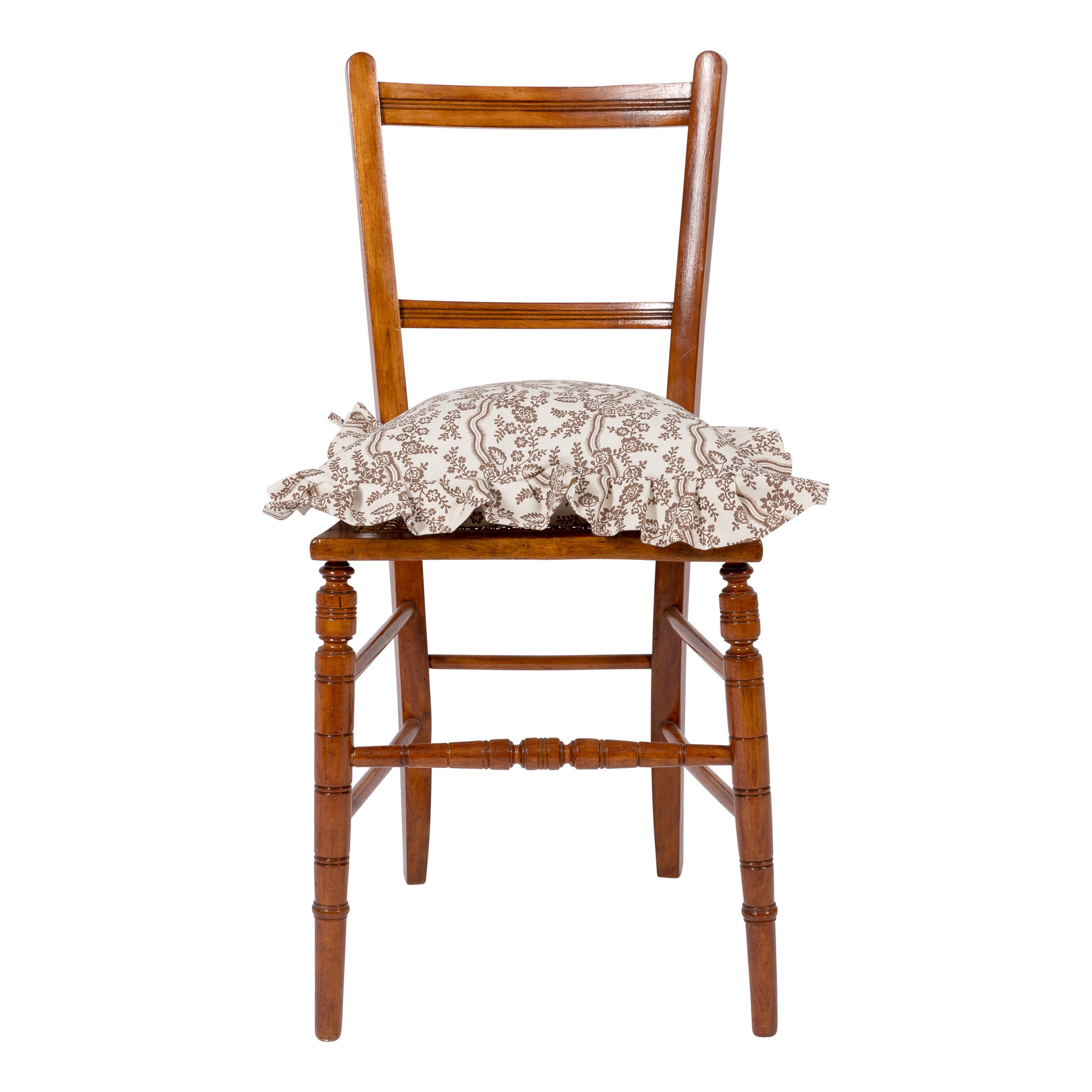Antique vs Vintage vs Retro — What Is the Actual Difference? And What That Means for How You Should Style Them
Though commonly confused, these styles are actually quite different. Here, an expert explains how age and aesthetic play a role in identifying a piece
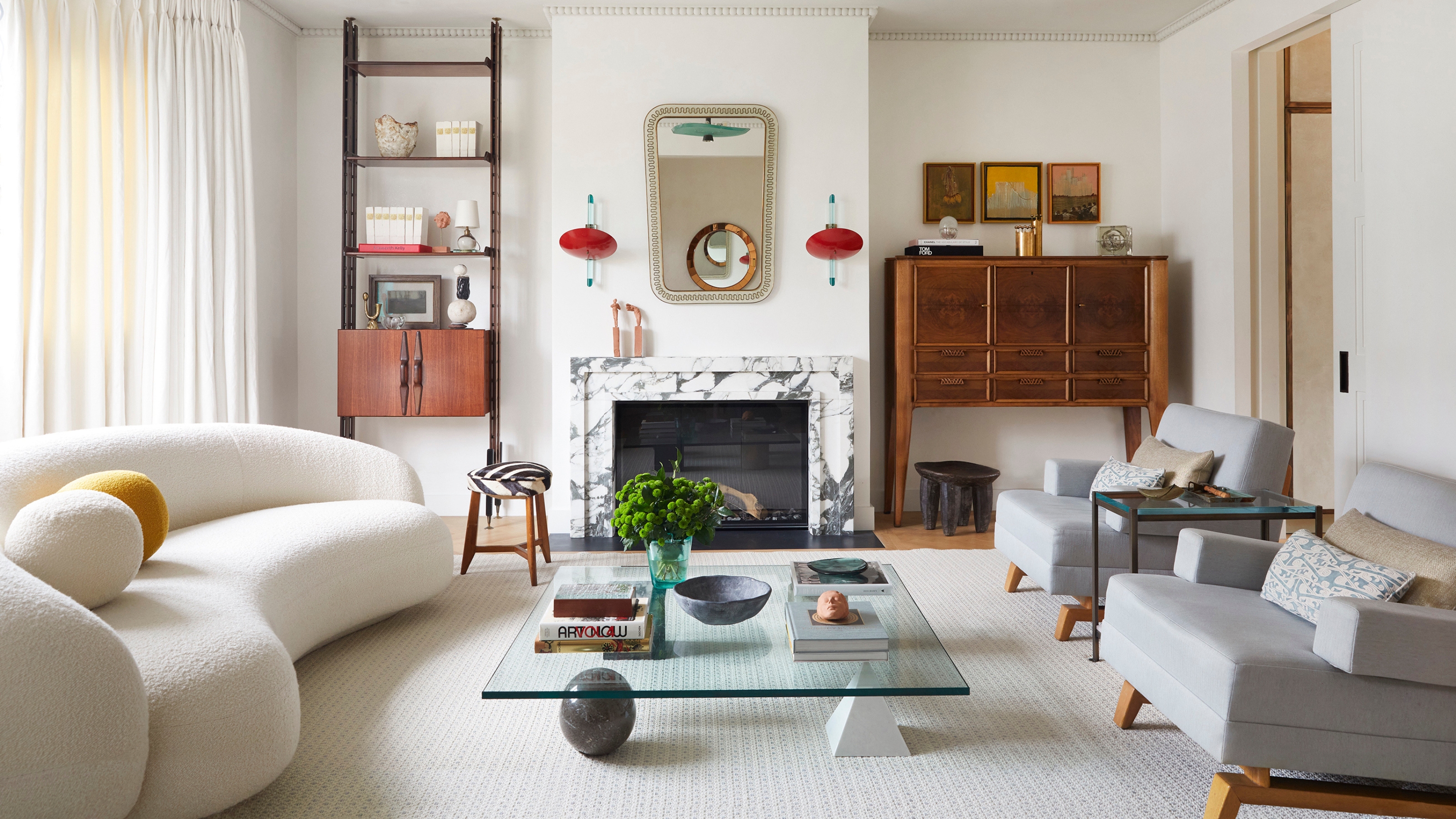

Few topics spark more spirited debate than the difference between antique vs vintage vs retro. In the world of interior design, these labels are far from static categories — they ebb and flow, evolving with time and the way we choose to look back.
But, if we were to put a label on them (and that's exactly what this article is doing) the differences between each term boils down to the time period an object was made in. Livingetc's vintage and antiques expert, Virginia Chamlee, explains, "By definition, an antique is an item produced 100 or more years ago." That's why, slowly over time, new styles will become antique.
"Most experts define 'vintage' as anything produced more than 20 years ago — which, yes, makes items produced in the early 2000s vintage (as much as it pains me to say that)," she adds. And finally, 'retro' simply refers to an item that's designed to look like it's from the past — "a poodle skirt or bell-bottom jeans, for instance," says Virginia.
It's a simple but nuanced trichotomy, and key to knowing how to thrift properly is understanding what period a piece comes from. To delve in deeper, I spoke with antique experts who shared more on the difference between antique vs vintage vs retro, as well as how to style each — as its mixing the three styles together that makes for the most exciting interior.
1. What is 'Antique'?

Here, several antique pieces from Chez Pluie showcase a range of time periods and styles.
When it comes to antiques, we’re talking pieces that are 100 years old or more. The definition of an antique is "a little more set in stone," says Virginia, and as time goes on, more designs will start to enter the category. For example, pieces from the Art Nouveau period (late 1800s to 1920s) would be considered an antique.
But just because these styles are aging, doesn't mean that decorating with antiques should be excluded from contemporary design.
"French antiques have outlasted empires and revolutions — and still command attention," says Provence, France-based antiques expert, Susannah Cameron. "From a Louis XV mirror to a 19th-century portrait, these pieces were crafted by artisans trained in ateliers that served royal households."
This era of production began to blend machines and precision tools (because of the Industrial Revolution) with hand-finished detail. "It was a golden age for ironwork, ormolu, marquetry, and fine upholstery. These pieces don’t just survive — they endure," she adds, noting that they absolutely still have a place in modern design.

As well as being Livingetc's antiques and vintage expert, Virginia Chamlee is a longtime writer, artist, antiques dealer, and the author of the best-selling book, Big Thrift Energy. She's been collecting and selling vintage furniture and home decor for the better part of a decade now. In her spare time, she also publishes a regular Substack newsletter all about shopping for and styling vintage pieces in your home, called What's Left.
2. What is 'Vintage'?
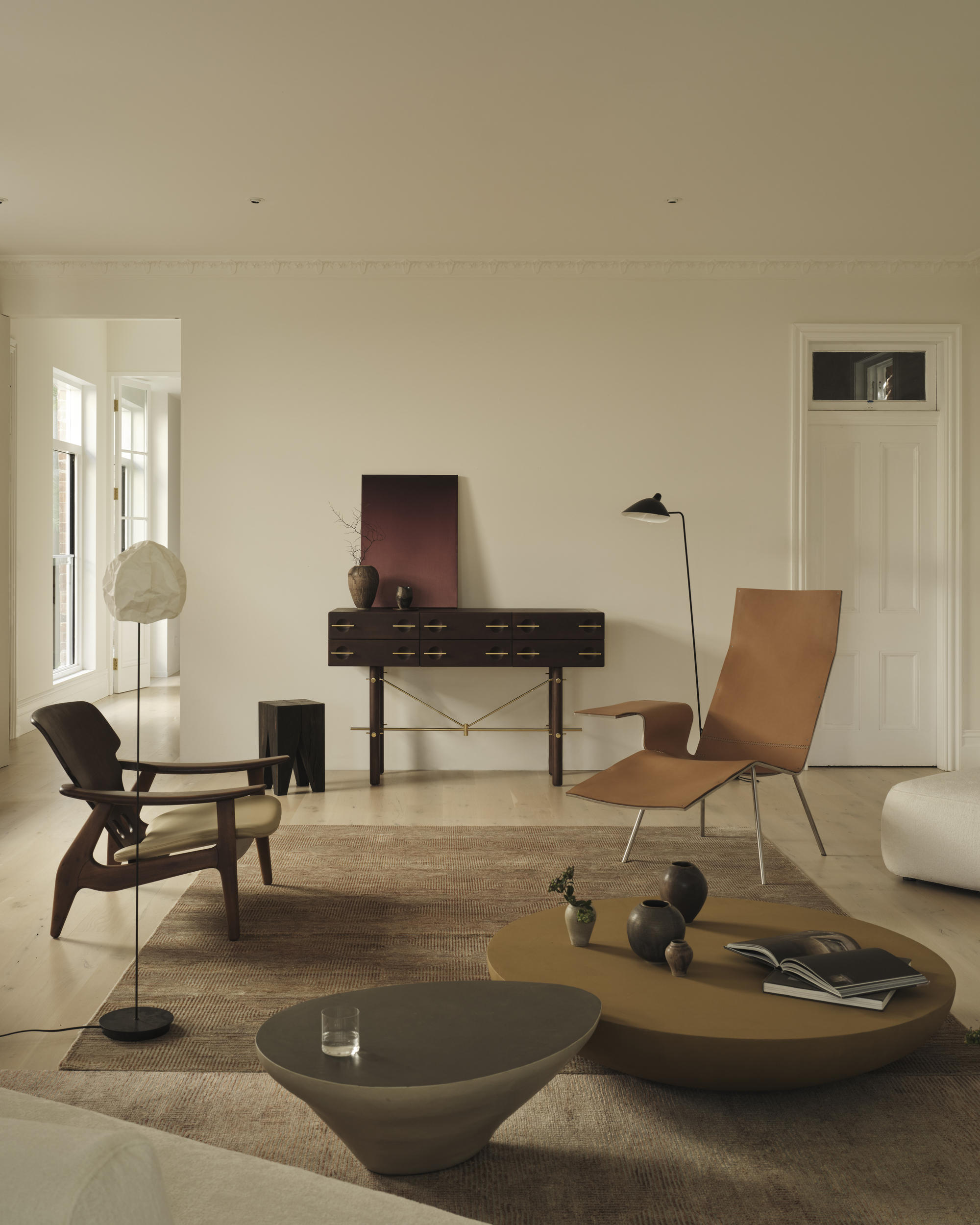
Mid-century design shines in this living room, giving a contemporary twist to the vintage style.
The term 'vintage', meanwhile, "is more of a descriptor, and some people differ over their definitions (some say 25+ years old, some say 30)," says Virginia. Typically, 20 to 99 years old is a fair amount of time to go by. So, yes, your Y2K bedroom is now considered 'vintage', which could explain why so many design ideas are trending again.
More historically, vintage design tells the story of the 20th century. "Especially the post-World War years, when countries like France were rebuilding with limited resources but boundless creativity," says Susannah. "Designers embraced simplicity, function, and honest materials, without losing the French eye for elegance."
In interiors, this translates to a heavy focus on mid-century modern interiors, 70s color palettes, and the nostalgia that comes from blending mid-1900s styles with both antique and contemporary pieces.
"A bouillabaisse service from Vallauris from the 50s, a handwoven tapestry from the 60s, or a brass-and-glass bar cart from the 70s? Vintage — with patina, presence, and no need for museum gloves," says Susannah.
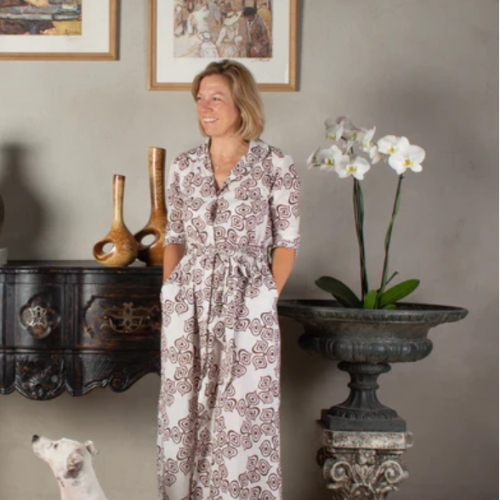
Susannah Cameron is the co-founder of Chez Pluie, a trusted destination for French antiques. Now based permanently in Provence, Susannah holds a Bachelor of Architecture, Bachelor of Design, and Bachelor of Property and Construction from the University of Melbourne. With a particular obsession for antique pottery and a deep knowledge of European decorative arts, she sources soulful, timeworn pieces from brocantes and flea markets across France.
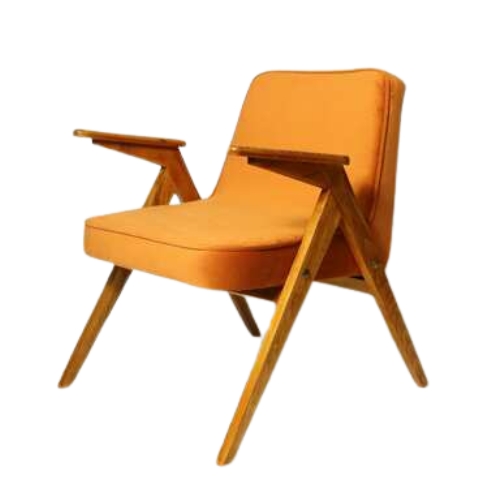
Vintage pieces are typically streamlined and design-forward.
3. What is 'Retro'?
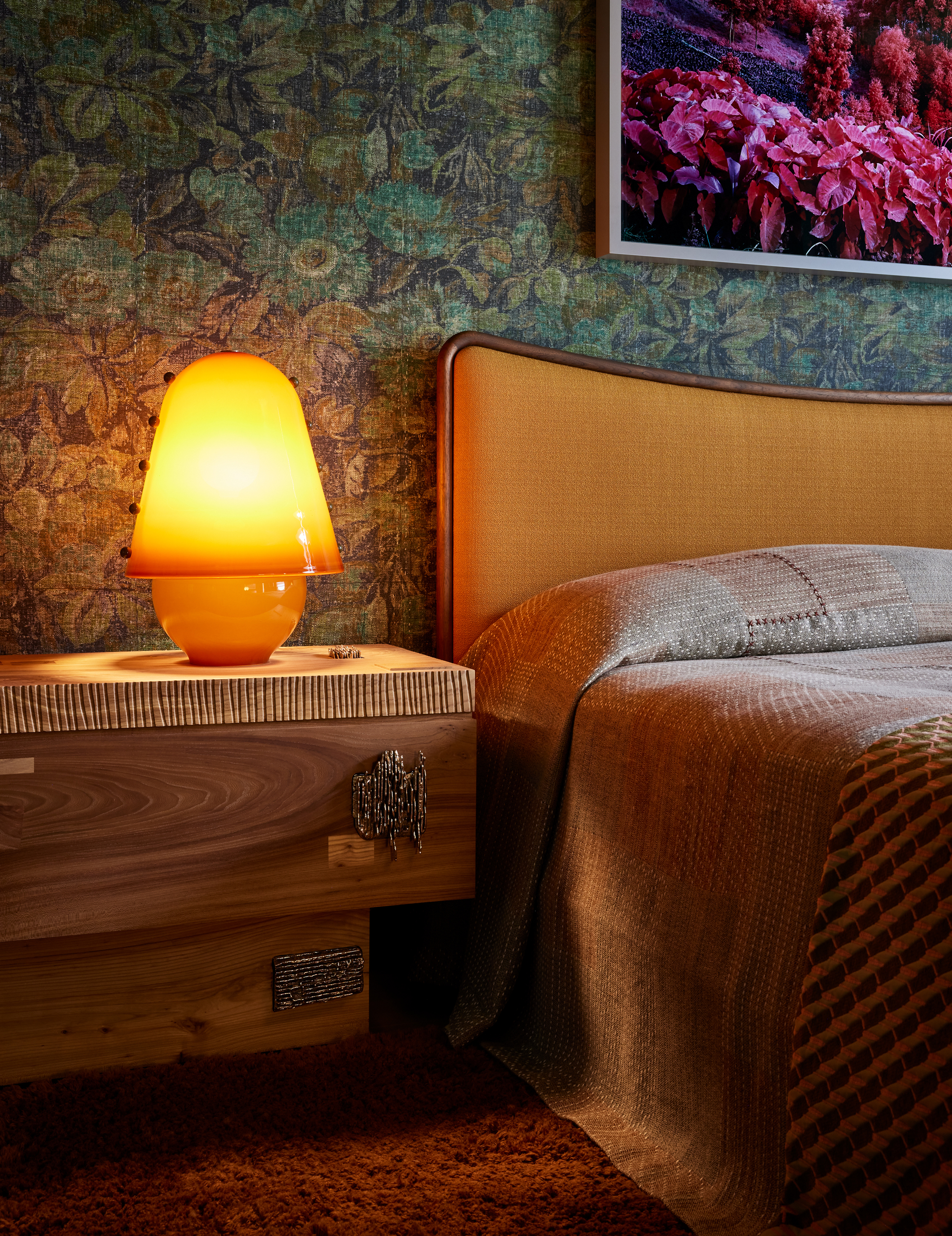
While pieces in this room may be considered vintage, retro spaces are all about the overall vibe or aesthetic. This bedroom oozes with color, playfulness, and 70s attitude.
Finally, what do we mean when we call something retro? "Retro is more of a descriptor, and less pegged to a specific period (though it is very often used to refer to the 1950s)," says Virginia. However, modern retro decor isn’t about age — it’s more about energy.
Retro, after all, is short for retrospective, a word that suggests intent, not accident. "It’s not a relic, but a revival," says Susannah. "Retro brings history back into the room dressed with style, and just enough mischief to raise an eyebrow."
These are newer pieces that nod boldly to the past. Think playful silhouettes, spirited colors, and materials like vinyl and chrome decor. "Retro design draws on the optimism of mid-century culture, laced with a hint of industrial nostalgia," says Susannah. "It doesn’t whisper, it declares itself with confidence." The defining principles of retro design are experimentation and a bit of fun.
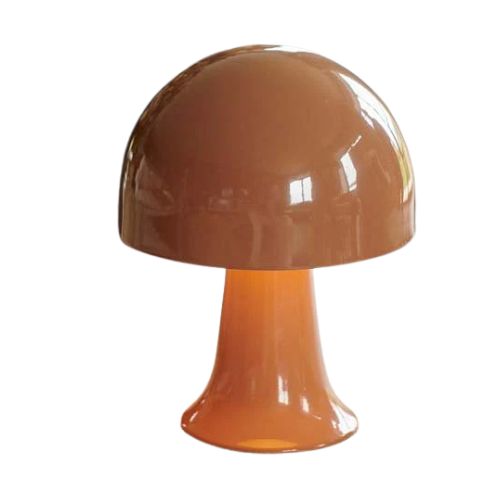
Retro oozes with fun and personality. The perfect accent piece to make a room pop.
How to Mix Antique, Vintage, and Retro Styles
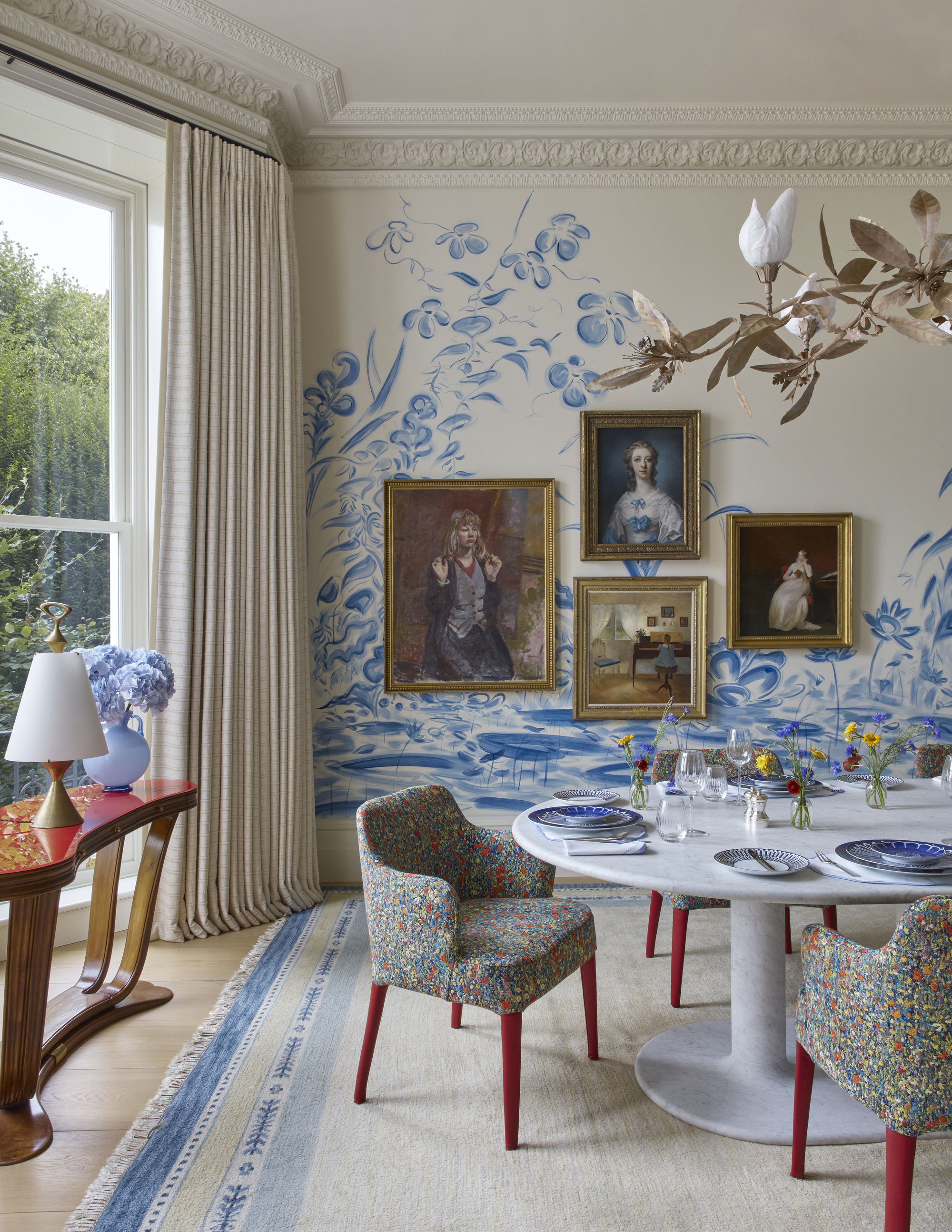
Antique-style frames are mixed with vintage pieces like the console table, and a touch of retro shines in the dining table and chairs.
Now that we have defined the three categories, it's time for the fun part — blending them all together. Can it be done?
"Absolutely," says Virginia. "Juxtaposition is incredibly important in design. We talk a lot about balance in design, but tension is just as crucial to consider." For instance, pairing old with new, or 1950s styles with late 1800s, can create that sense of push and pull, leading to a more visually dynamic space.
"I think you should always keep in mind the color story you're trying to tell," warns Virginia. "1970s chrome can be really sexy when paired with mid-century modern furniture and a big, late-1800s portrait on the wall. It's all about the mix." When things get too stuck to only one time period, the room can quickly become "a little too costume-y (or like you live on a period film set)," she adds.
These styles don’t compete, they converse. "The antique adds depth, the vintage lends grace, and the retro brings a touch of wit. Each piece plays a part in a composition that’s richer for its contrasts," says Susannah.
In a final picture of what a living room blended with all three styles could be, Susannah imagines, "A Louis XVI console offers quiet gravitas beneath a 1970s Chaty Vallauris sunburst mirror, while a curvaceous retro clock radio hums the music of the evening, exuding equal parts memory and mood. Nearby, a Maison Jansen bar cart gleams under the flicker of a handwoven tapestry, and Provencal ceramics rest like sculpture on an antique buffet."
When placed with intention, antique, vintage, and retro pieces elevate one another — the refined, the relaxed, the radiant. "It is a question of cadence, not chronology," Susannah says, "After all, in design as in life, the most interesting conversations happen when the guests don’t all look (or think) the same."
Be The First To Know
The Livingetc newsletters are your inside source for what’s shaping interiors now - and what’s next. Discover trend forecasts, smart style ideas, and curated shopping inspiration that brings design to life. Subscribe today and stay ahead of the curve.

Olivia Wolfe is a Design Writer at Livingetc. She recently graduated from University of the Arts London, London College of Communication with a Masters Degree in Arts and Lifestyle Journalism. In her previous experience, she has worked with multiple multimedia publications in both London and the United States covering a range of culture-related topics, with an expertise in art and design. At the weekends she can be found working on her oil paintings, reading, or antique shopping at one of London's many vintage markets.
-
 Pleated Lampshades Are the Silhouette of the Season — I've Found 9 For Well Under $100 (You'll Never Guess Where)
Pleated Lampshades Are the Silhouette of the Season — I've Found 9 For Well Under $100 (You'll Never Guess Where)Leave it to Walmart to bless us with a collection of stunning pleated lampshades — proving this old-fashioned feature can look fresh and modern
By Devin Toolen
-
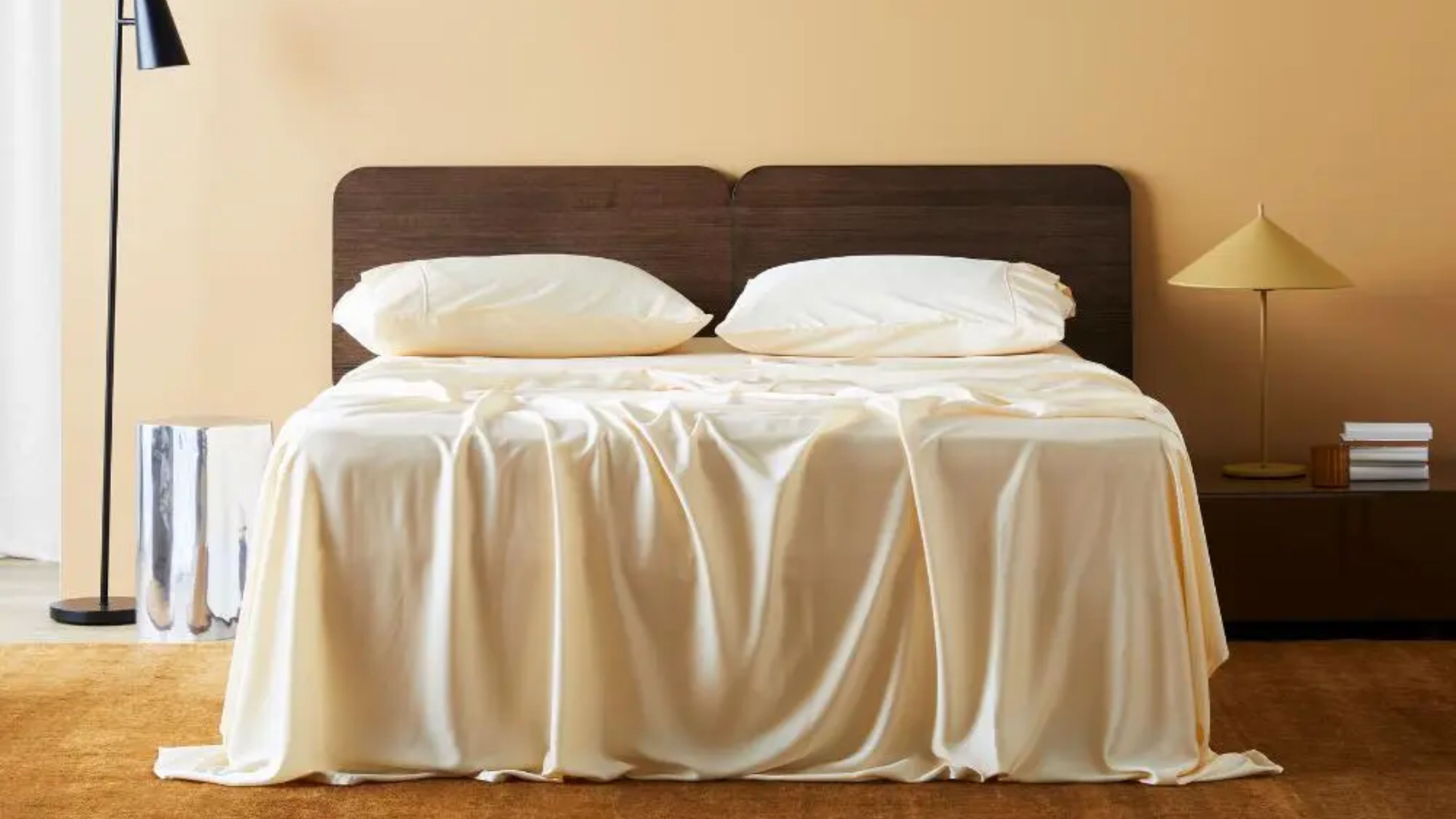 I Found the "Healthiest” Bedding for Earth Month — Why Ettitude Is the Sustainable Sleep Label to Know
I Found the "Healthiest” Bedding for Earth Month — Why Ettitude Is the Sustainable Sleep Label to KnowSofter than silk and smarter than cotton, Ettitude’s innovative take on bedding delivers luxury with a conscience
By Julia Demer
